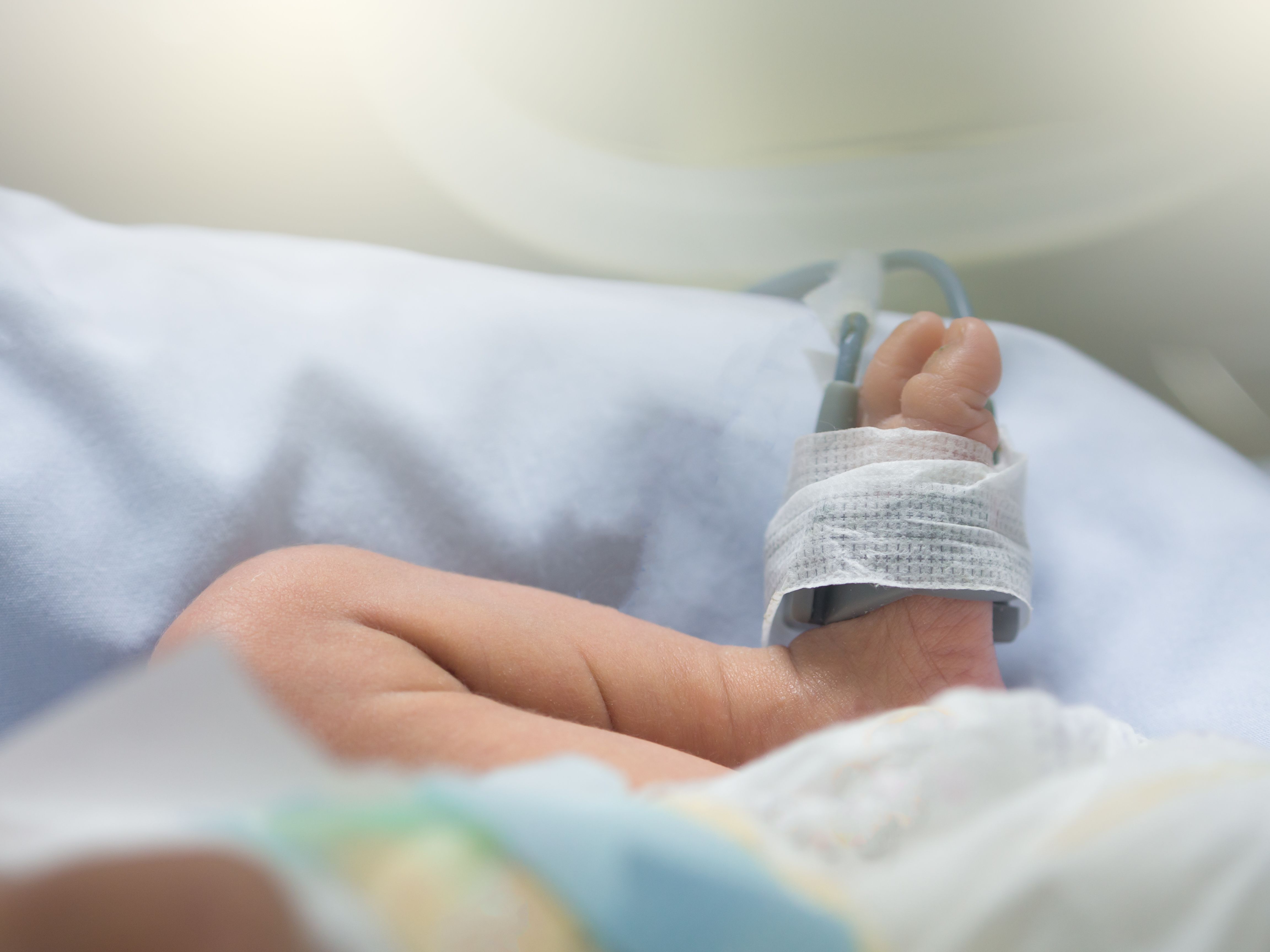Histologic patterns may be linked to recurrent preterm birth (rPTB) among patients with spontaneous preterm birth (PTB), according to a recent study published in the American Journal of Obstetrics & Gynecology.
Takeaways
- Placental histologic patterns, including chronic inflammation, acute inflammation, and maternal vascular malperfusion (MVM), are being studied to understand their association with recurrent preterm birth (rPTB) risk among patients with spontaneous preterm birth (PTB).
- The study indicates no direct association between the presence or absence of specific histologic types and rPTB, challenging previous assumptions.
- Progesterone supplementation in subsequent pregnancies was associated with decreased gestational age at delivery, with patients less likely to receive cerclage and more likely to have had MVM in their index pregnancy.
- Response to 17-hydroxyprogesterone caproate varied among patients, with those with low-grade acute inflammation less likely to respond, while patients with low-grade MVM were more likely to benefit from the treatment.
- These findings highlight the complexity of PTB pathophysiology and suggest the need for further research to refine obstetrical risk assessment using placental histology.
Spontaneous PTB, defined as birth before 37 weeks’ gestation, is a leading risk factor for subsequent PTB. Additional factors impacting rPTB include gestational age (GA) at index pregnancy, race, smoking, and interpregnancy interval.
As PTB has shared etiology with placental ischemic disease, inflammation, abruption, and other factors, evaluation of placenta may increase understanding of PTB pathophysiology. Data has indicated an association between chronic inflammation and inflammatory lesions with increased rPTB risk, further supporting the relationship between placental pathology and rPTB.
To determine the histologic types associated with increased rPTB risk among patients with spontaneous PTB, investigators conducted a retrospective study. Participants included patients with at least 2 pregnancies between June 1, 2009, and December 31, 2019, with the index pregnancy ending in delivery at under 37 weeks’ gestation and placental pathology available.
An obstetrician reviewed charts to determine if delivery was spontaneous or medically indicated, cerclage placement, and intramuscular progesterone use. Electronic medical records were evaluated to obtain demographic characteristics and clinical outcomes.
Placenta data included detailed descriptions of membranes, fetal surface, umbilical cord, villous parenchyma, and maternal surface. Four samples were submitted for all placentas, and a single perinatal pathologist reviewed placental pathology slides.
Histologic types included chronic inflammation (CI), acute inflammation (AI), maternal vascular malperfusion (MVM), and fetal vascular malperfusion. Clinical characteristics were compared based on subsequent term and PTBs, with the independent association between each histologic type and rPTB reported as the primary outcome.
The efficacy of the index pregnancy’s placental pathology for predicting the response to progesterone supplementation during a subsequent pregnancy was reported as the secondary endpoint. Additionally, the histology of patients with spontaneous rPTB was compared to those of matched patients with subsequent term birth.
There were 50,986 deliveries reported, 5120 of which were preterm and 1032 linked to a subsequent delivery. Available index pathology was reported in 774 patients, 446 of whom had spontaneous PTB. Complete pathologic slides were available for 83% of PTBs.
The final analysis included 352 patients, 110 of whom had a subsequent PTB and 242 had subsequent term birth, indicating an rPTB rate of 31.3%. Preterm premature rupture of membranes was reported in 66.8% of index pregnancies, preterm labor in 30.4%, and advanced cervical dilation in 2.8%.
Medically indicated PTB was reported for 26 of the 110 subsequent PTBs, while the remainder were spontaneous. No pathologic findings were reported in 15.6% of patients with spontaneous PTB, while high grade AI was reported in 22.4%, low grade AI in 21.6%, high grade CI in 15.1%, low grade CI in 25.9%, and MVM in 31.3%.
Histology prevalence varied based on GA at delivery, with AI reported in 87.5% of patients delivering at under 28 weeks’ gestation vs 30.3% delivering at over 34 weeks’ gestation. CI and MVM did not differ based on GA. Notably the presence or absence of each histologic type was not associated with rPTB in unadjusted or adjusted models.
Progesterone was given to 155 patients in subsequent pregnancies. Index delivery GA was decreased among patients receiving 17-hydroxyprogesterone caproate (17-OHPC). These patients also were less likely to receive a cerclage and more likely to have had MVM in their index pregnancy.
An rPTB was reported in 33.3% of patients receiving 17-OHPC, with no differences reported based on race, public insurance, or interpregnancy interval. Responding to 17-OHPC was less common in patients with low-grade AI, with an adjusted odds ratio (aOR) of 0.29.
Patients with low-grade MVM had an aOR of 2.35 for responding to 17-OHPC. These patients were 3 times more likely to respond to 17-OHPC in a sensitivity analysis.
These results indicated AI is prevalent in PTB, though CI and MVM are common as well. Investigators recommended additional research about how obstetrical risk assessment can be performed using placental histology.
Reference
Suresh S, Freedman A, Adams A, et al. Placental histology for targeted risk assessment of recurrent spontaneous preterm birth. Am J Obstet Gynecol. 2024;230:452.e1-11. doi:10.1016/j.ajog.2023.09.018

